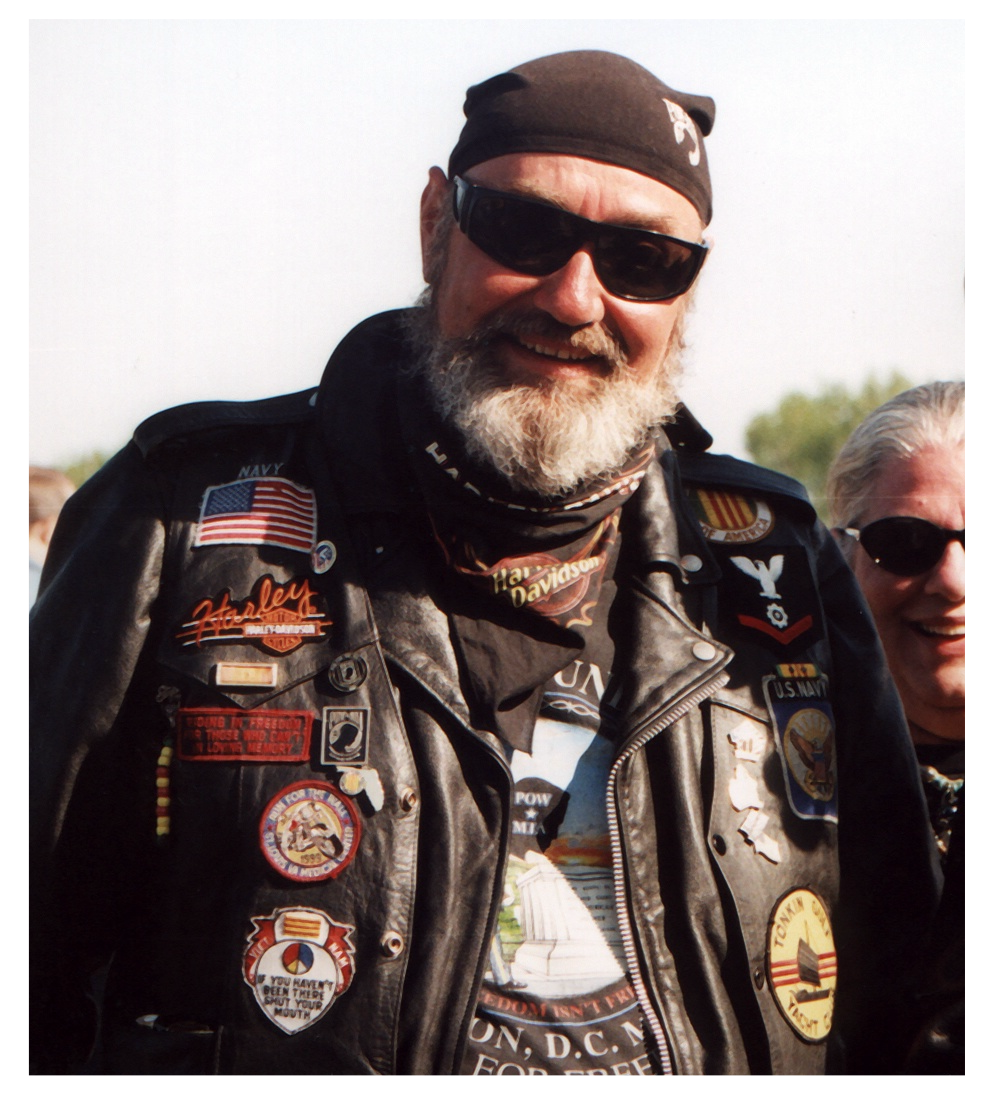
I sat down last week with Soledad O'Brien to talk about storytelling, race and her seminal series Black in America. She also talked about her media company Starfish Media Group in New York and she and her husband Brad's foundation dedicated to helping people of color and empowering young women.
Mike Smith: Let's talk about this idea of storytelling
Soledad O'Brien: I think everything and everyone has a story, The way to make things relevant for people is to explain it in a story. You just want to tell the story and make people understand what's at stake; what's at risk; why they should watch; why should this person care? We have to start with that.
MS: Why are you taking on race/gender in your programs Black in America and Latina in America?
SO: A couple of reasons: 1) America is more diverse than ever before. It is only trending a certain direction; 2) I don't think that people do it well enough or often enough -- they don't do it authentically very often. I think that I have an interesting perspective on it from my parent's background, my personal background, the questions I have had to ask myself growing up as a biracial girl in a white community. So I think I am well-positioned to do that; I think I am a pretty fearless person. It is such a third rail topic, but you know I've never minded the risks.
MS: You're not afraid of touching that third rail?
SO: I am not. I am not afraid of it and I'm not afraid of being honest. I think I am a pretty straightforward person and I think that can kind of bite you in the ass sometimes.
MS: We are also focusing more on gender in media recently/identity.
SO: I think that is an interesting subject. We are looking at how people feel about themselves and the stories they want to tell about their own life and their own stories. There was a time when nobody cared about your story. Everyone put you in a category and now I think people are gaining back the power of telling their own story. So I look at my job as quite easy; just finding those stories and then giving people a platform to tell those stories. I have four relatively small children and around fourth grade they start doing big projects on Native Americas, everything is Native Americans in elementary school. Do you know how many Native American dresses I've sewn, on and on; it's a full yearlong study. And then never again. As journalists we never even cover Native Americans. Certainty if there were any stories on the news, they would probably not be anything that focused on culture; it would focus on terrible issues I am sure.
MS: Is journalism still an art or science now?
SO: To me, every story I have done is both. I think what has made my reporting effective over the years is the combination. A narrative is nice, but it is not journalism. A nice narrative has to be backed up with research.
MS: Demographics/market research on your audience?
SO: I think we've always tried to say, here is the audience and then surprise -- "guess who's also watching you." All of sudden you are like, guess what you actually have a lot of black people watching you. Or guess what, white people are interested in Black America.
I have a philosophy that white people would be interested in Native Americans because, first of all, it's probably the only group as a country we all study and know the history and then never study again past the age of 10. So I think we have these things we believe are true, that are just not true about what an audience wants. Audiences want great story telling; it's why white people watch my show Black in America. It's why black people watch Latina in America. All of that is statistically shown and proven but it was because it was good story telling about people who were outsiders.
I did a documentary about colorism and the number of people who watched my documentary were not black and it was colorism around African-Americans and the number of Asians in our world and people from India, who all talked about their own cultural experiences around color. These issues are never discussed in the media so I just think people have audiences that they don't know are there and they believe they are feeding them what they want. But if we had some guts, some creativity, we would step-out further on great story telling. We could grow that audience further which ultimately is the goal.
We took a tour for Black in America this year. We took it on the road actually in February for Black History Month. We went to five colleges and what we found was we were creating these touch points with (young people). Remember the first Black in America aired eight years ago, so before these students were even in college, and it was really interesting to me to see when you open up a new touch point for people to come they do. We did a live presentation and then a panel afterward talking about the issues around being black in America today. Sold-out in every city we went to! It was really a pilot to see was this something we could bring on the road in a big way and I was stunned at how successful it was.
But you realize that people want that touch point, they want that (feeling) especially in something they feel they already have a PhD in (being black). The Black experience, if you're black you're like, "Well my story is as valid as anyone else's story?" I want to come and share my story and be part of this audience and so for us it was a real lesson for our brand that is now the Black in America brand and the Starfish Media brand: How do we open-up new touch points so people feel like they are in a conversation with us and the stories they are pitching to us are stories that could be documentaries that we do. You know our slogan is "the conversation continues," and it was a really interesting feedback loop that informed a lot (of content) for us. I think the touch point experiential part is huge, it is exhausting in a lot of ways. I look back at all the docs and the themes and the philosophies that really link them all together. It is a really great way to reach individual people who want to be part of that conversation and your audience at the end of the day is made-up of individual people who feel connected to your story and to your brand.
MS: What about the experiences of young people today. I just saw a documentary at SXSW called Crotty's Kids that explores the issue of race in high school policy debate. And college preparation.
SO: And the statics undergirding that story would be that kids in poverty have something like 3,000 fewer words (in their vocabularies). So children in poverty come into kindergarten with 3,000-6,000 fewer words than their counterparts who are white middle class. So the reason they started up these debate teams was partly because they wanted something fun for the kids, but they were also trying to counteract what they already know (in public schools) -- that these five year olds are starting out behind, they are many years behind because their parents just don't speak to them in bigger words like the middle class kids do. So there is a research philosophy behind why a lot of these things started.
We have a foundation, the Soledad O'Brien Starfish Foundation. We send girls to and through college. We started-off saying, we send girls to college but to do so is not enough. Seeing them through college is the key. And what you realize is that it is not about tuition. We started-off by saying 'how do we raise money to help a girl in poverty go to college'? At the end of the day, someone can hand you the money in cash for tuition and you may not make it still because the tough part is actually multifaceted, the tough part is about support; the tough part is about do you have resilience; how do you deal with problems; what the dynamics in your family that might be sucking me back-in (to poverty) especially if you are the one successful one that everyone is holding (hope) onto. So I believe the tough is key and college is never about grades or tuition. I went to one of the best colleges in the country. I went to Harvard. There are a lot of people there who are very brilliant; but most are not really brilliant, they are hard workers who have figured-out how to navigate around their own weaknesses. For people to get through those minority students who are often attending college for the first time, they need support to help them. Students need to figure how to bounce back from what we know are going to be problems for them. They are just going to have problems. That's the real challenge of getting people to and through.
--
Mike Smith is a Washington-area writer and teaches at the West Virginia University journalism school.
